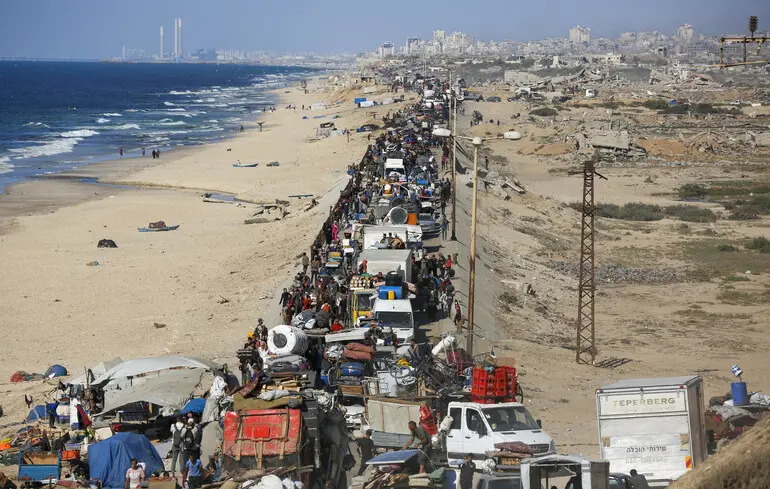Hamas’s ‘Living Shield’: Realities and Challenges in Rescuing Hostages in Gaza

The situation in Gaza continues to escalate, becoming increasingly tense and unpredictable, leading to mounting doubts about the feasibility of securing the release of hostages held by Hamas in this Palestinian territory.
Over the past weeks, Israeli military forces have carried out coordinated and systematic operations aimed at completely eradicating Hamas presence in the city.
However, intense and prolonged clashes persist, prompting caution among the international community due to humanitarian concerns.
The conflict’s trajectory appears to be heading toward deeper escalation, and negotiations for a prisoner exchange are turning into a complex standoff compounded by political and international pressures.
Israeli government statements emphasize the determination to decisively dismantle Hamas, but no concrete plan exists yet for the full suppression of resistance or for evacuating remaining civilians.
Meanwhile, diplomacy faces new obstacles — Hamas refuses to cooperate, and fears of regional and international isolation grow.
The prospects for rescuing hostages and ending the conflict remain uncertain, with predictions ranging from several weeks to several months of fighting.
The ongoing violence, the dangerous urban warfare, and the underground tunnel networks complicate efforts to regain control over the city and achieve a swift resolution.
The humanitarian situation worsens daily, and the risks of regional spillover intensify.
Over-reliance on military actions combined with the complex underground infrastructure diminishes hopes for a rapid, peaceful settlement, raising serious questions about the possibility of returning to diplomatic negotiations.
The worsening regional relations and international tensions add to the volatile situation, making a swift end to the conflict increasingly unlikely.

